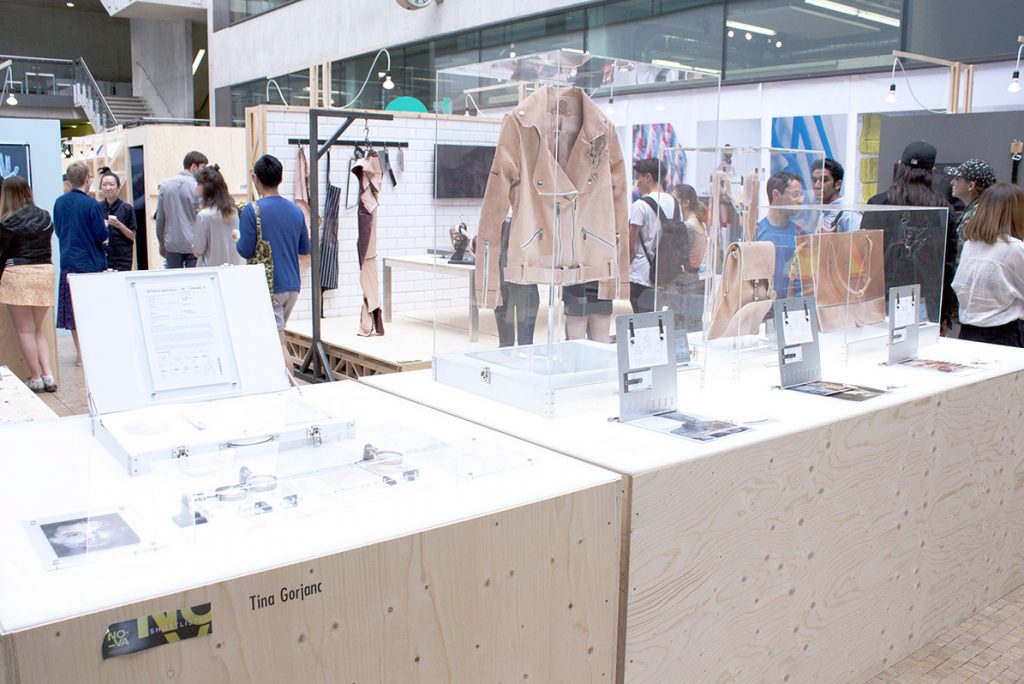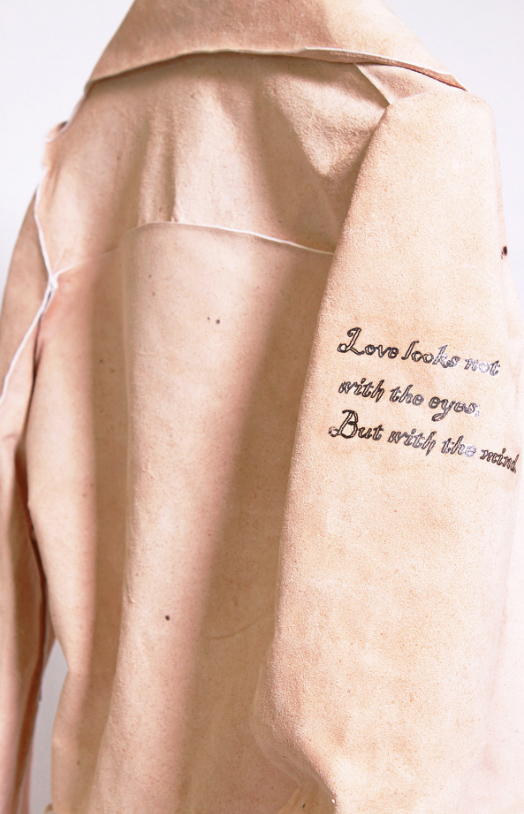Would you wear a coat made from human skin?
It sounds like the kind of question you’d be asked exclusively by a Buffalo Bill or Ed Gein type, but that’s about to change.
Pure Human is a project from student Tina Gorjanc of London’s famous fashion school Central Saint Martins that features a range of luxury goods created from human biological material. Specifically, the skin of Alexander McQueen.
McQueen (also a graduate of Central Saint Martins) is remembered as one of the truly provocative, innovative figures in the history of fashion. He committed suicide in 2010, but not before unleashing on the world some truly mindblowing runway shows, such as 2005’s Time for a Game, in which models moved around on a chessboard as a robotic voice issued commands, and 2001’s Voss, an asylum-themed presentation that can be seen below (NSFW).
https://www.youtube.com/watch?v=RpSWAeEcl0U
McQueen was one of the best when it came to pushing boundaries, and even used his own hair for the 1992 piece Jack the Ripper Stalks His Victims. It’s from this same hair that Gorjanc will extract the artist’s DNA, in order to grow the skin.
Gorjanc recently exhibited examples of the products made from pig skin, and plans for the final items to directly clone McQueen’s skin, right down to the tattoos, sunburn, and freckles. It’s all possible thanks to lab technology that can not only bioengineer the material, but completely exploit it.
That fact might be enough to even make McQueen sceptical about the process, especially considering the United States has no laws regarding the ownership of so-called ‘abandoned’ tissue, but that is just part of Gorjanc’s rationale.
“The Pure Human project was designed as a critical design project that aims to address shortcomings concerning the protection of biological information and move the debate forward using current legal structure,” she explains on her Behance page.
It’s not the first time a person’s genetic material has been taken and repurposed. In 1951, impoverished tobacco farmer Henrietta Lacks had her cells taken and used in medical research following her death, while in 1984 John Moore had his extracted cancer cells commercialised without consent. He sued those who controlled the patent on these cells, and lost.
Gorjanc is currently awaiting approval of her own patent on the process, but says that the finished products will likely end up in a gallery or in a collection rather than the mass market. She hopes the tech can one day be used to create sustainable, lab-grown leather garments in order to protect the animals usually slaughtered for the raw materials.
What do you think? Does Gorjanc’s Pure Human project cross the line? Let us know your thoughts in the comments.


